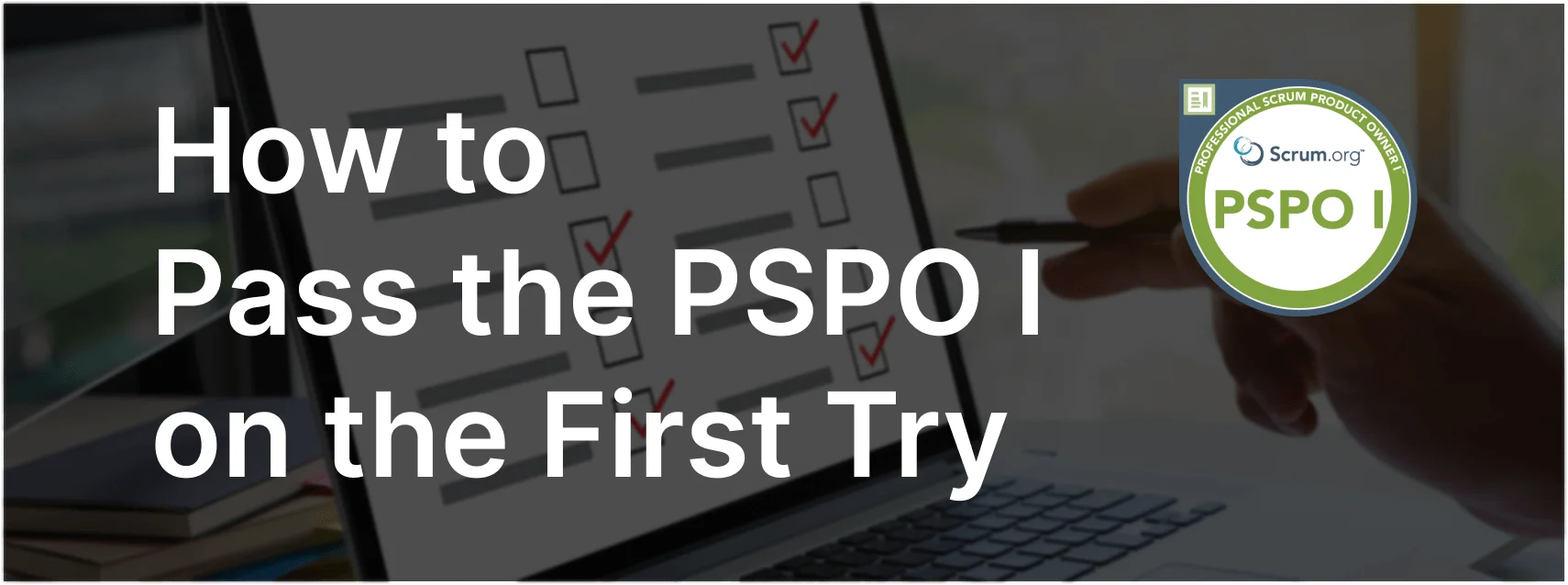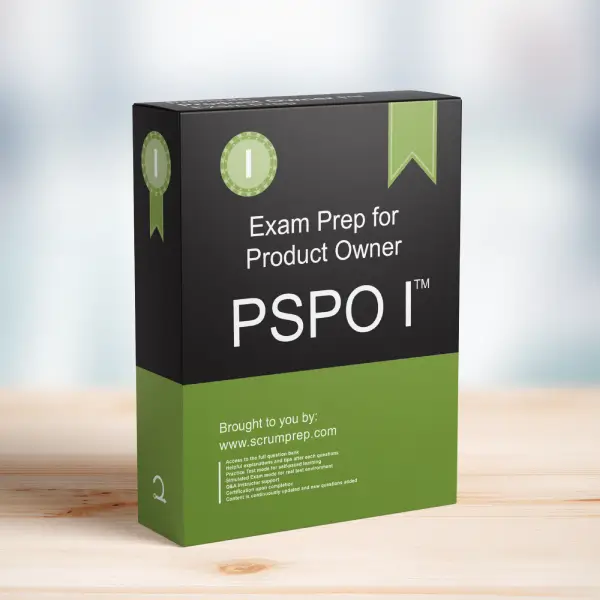Handling New Feature Requests in Scrum
In the middle of a Sprint, handling new feature requests from customers can be challenging. This article explores how a Product Owner can manage such requests effectively while adhering to Scrum principles.
Exam Question
In the middle of the Sprint, the customer decides that there are two new features she wants. The Product Owner could:
(choose the best two answers)
A. Ask the Developers to consider whether they can add these features to the current Sprint without endangering the Sprint Goal.
B. Have the Scrum Master add these features to the current Sprint.
C. Add these features to the Product Backlog.
D. Introduce these features at the next Daily Scrum.
Correct Answer
A. Ask the Developers to consider whether they can add these features to the current Sprint without endangering the Sprint Goal.
C. Add these features to the Product Backlog.
Explanation
Correct Answers
A. Ask the Developers to consider whether they can add these features to the current Sprint without endangering the Sprint Goal: The Product Owner can discuss with the Developers to see if the new features can be added without compromising the Sprint Goal. This ensures that the team remains flexible while staying focused on their current commitments.
C. Add these features to the Product Backlog: If the new features cannot be accommodated in the current Sprint, the Product Owner should add them to the Product Backlog. This ensures that all new requests are captured and can be prioritized for future Sprints.
Incorrect Answers
B. Have the Scrum Master add these features to the current Sprint: The Scrum Master does not have the authority to add features to the Sprint. This decision should be made collaboratively by the Product Owner and the Developers.
D. Introduce these features at the next Daily Scrum: The Daily Scrum is not the appropriate forum for introducing new features. This meeting is meant for the Developers to plan their work for the day and address any impediments.
Responsibilities in Scrum
- Product Owner: The Product Owner is responsible for managing the Product Backlog and ensuring that all new features and changes are captured and prioritized. They work closely with the Developers to assess the impact of new requests on the current Sprint.
- Scrum Master: The Scrum Master facilitates Scrum events and ensures that the Scrum framework is followed. They help the team stay focused on the Sprint Goal and support the Product Owner in managing the Product Backlog.
- Developers: The Developers are responsible for delivering the Increment and achieving the Sprint Goal. They collaborate with the Product Owner to assess the feasibility of incorporating new features during the Sprint.
Relevance to the PSPO I Exam
Understanding how to handle new feature requests during a Sprint is crucial for the PSPO I exam. This knowledge demonstrates the Product Owner’s ability to balance flexibility with commitment, ensuring that the team remains focused on their goals while accommodating valuable changes.
Key Takeaways
- The Product Owner should capture all new feature requests in the Product Backlog.
- The decision to add new features during a Sprint should be made collaboratively with the Developers.
- The Scrum Master facilitates the process but does not add features to the Sprint.
- The Daily Scrum is not the appropriate forum for introducing new features.
Conclusion
Effectively managing new feature requests during a Sprint is essential for maintaining focus and delivering value. By collaborating with the Developers and prioritizing new requests in the Product Backlog, the Product Owner ensures that the team remains adaptable while committed to their goals. Understanding this process is crucial for the PSPO I exam. For more information on preparing for the PSPO I exam, visit our PSPO I Exam Prep.



